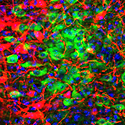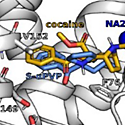Featured Paper of the Month – September 2023
Published in Neuropsychopharmacology by Yocasta Alvarez-Bagnarol, and Marisela Morales, et al. of the NIDA IRP Neuronal Networks Section.
We demonstrated that inhibition of Dorsal Raphe GABA neurons blocks hyperalgesia (increased pain sensitivity) induced by spontaneous heroin withdrawal.










